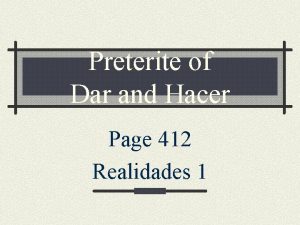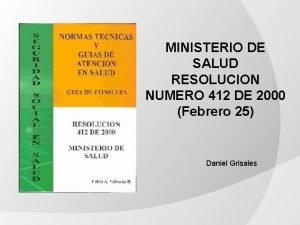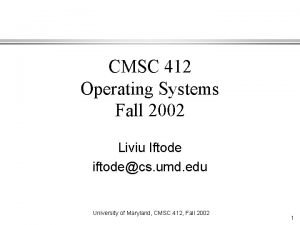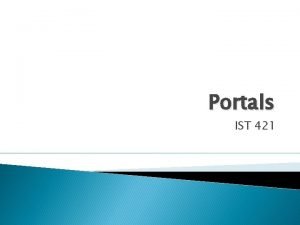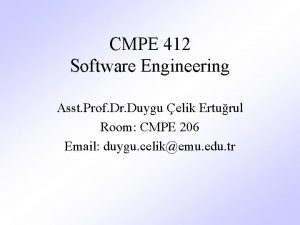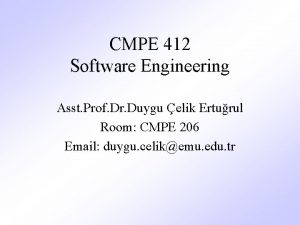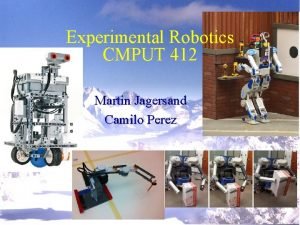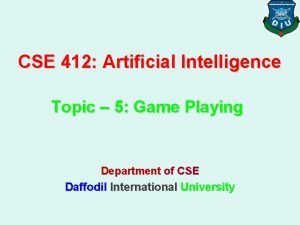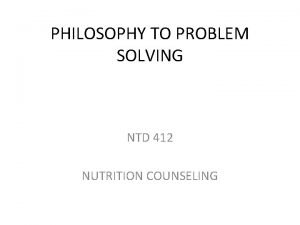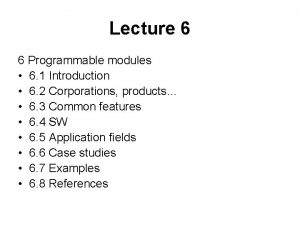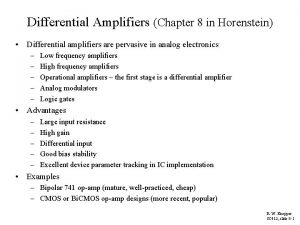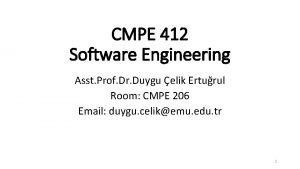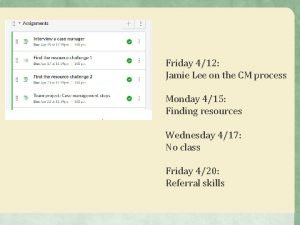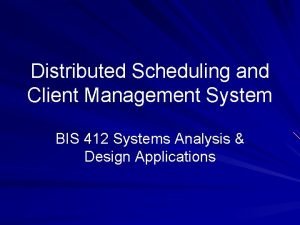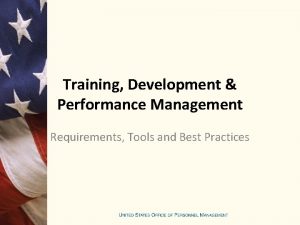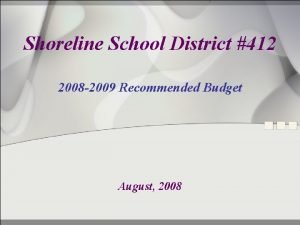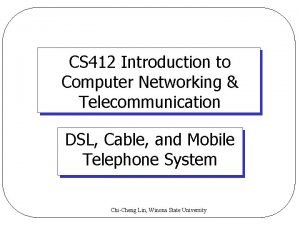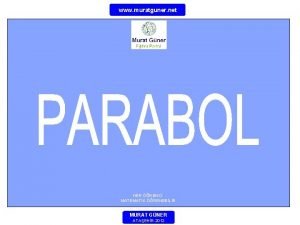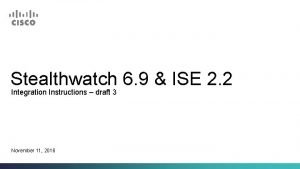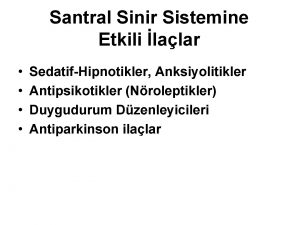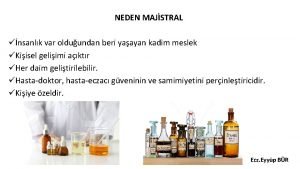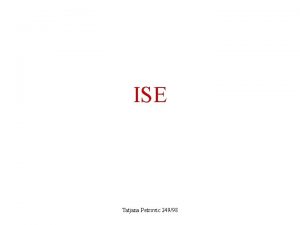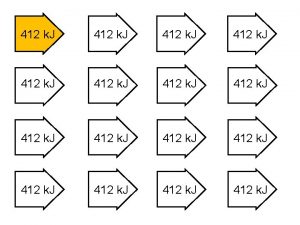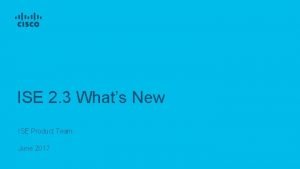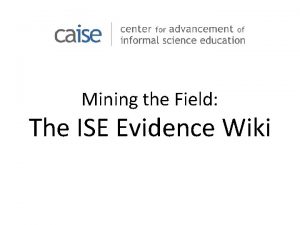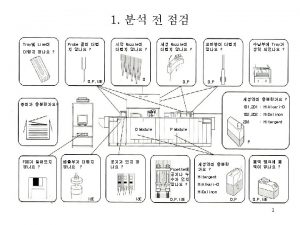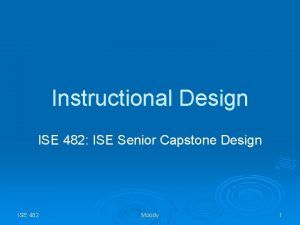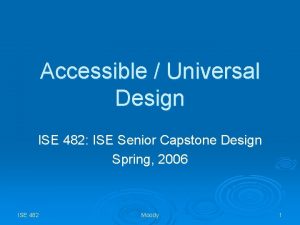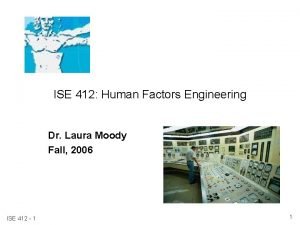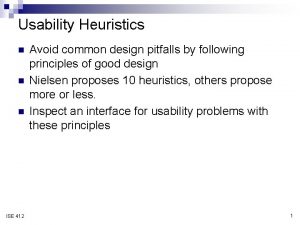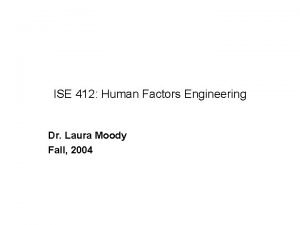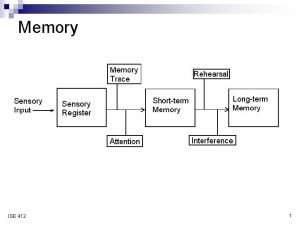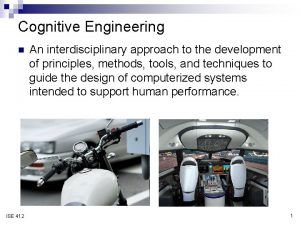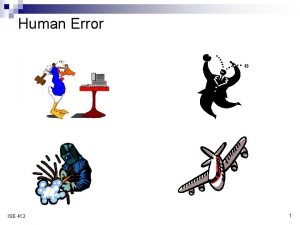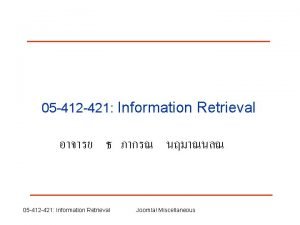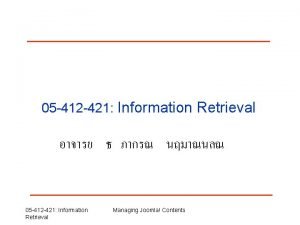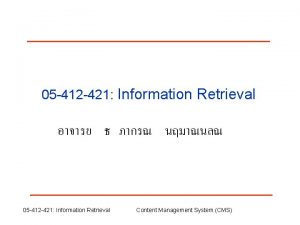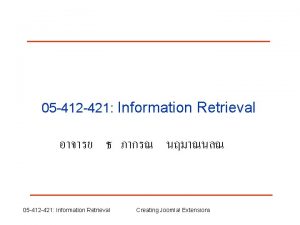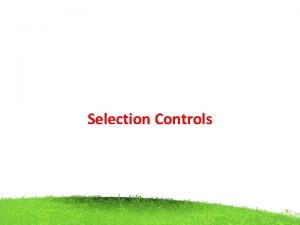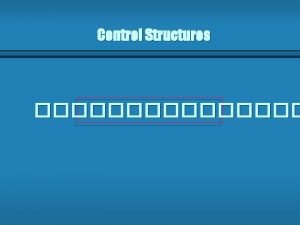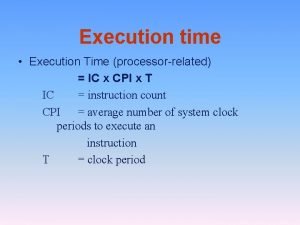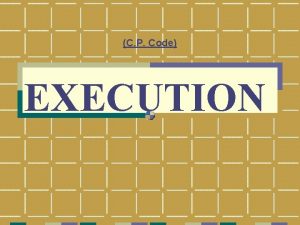Control Response Selection ISE 412 Response Selection Execution



























- Slides: 27

Control & Response Selection ISE 412 Response Selection Execution 1

Types of Control: ISE 412 2

Issues in Response Selection: n Decision complexity n Response expectancy n Compatibility n Speed-accuracy tradeoff n Feedback n Task n Environment n Control design ISE 412 3

Choice Reaction Time: n n n ISE 412 The HICK-HYMAN LAW says that choice reaction time is a function of the amount of information in a stimulus: RT = a + b H where, H is the amount of information a is simple reaction time b is the slope of the function (the amount of added processing time for each bit of information. ) Intuitively - the more choices we have, the longer it will take to choose from among them. 4

Choice Reaction Time Example In the tetris-like game described last time, the simple reaction time and the choice reaction time when all pieces are equally likely is measured. The results are as follows: ¨ simple reaction time, a = 300 msec. ¨ choice reaction time for equally likely events, Rteq = 800 msec. Then the probability of appearance of the individual pieces is changed as described. What is the new expected choice reaction time? ISE 412 5

Movement Time: n n n ISE 412 FITTS' LAW relates movement time to the distance and the size of the target. MT = a + b log 2(2 D/W) where, MT = movement time a & b = empirically derived constants D = distance of movement from start to target center W = width of the target Note: the term (2 D/W) is sometimes referred to as the index of difficulty (ID), so that Fitts' Law becomes: MT = a + b log 2(ID) 6

Movement Time Example W = _1 in_ D = _3. 5 in_ a = 50 msec. MT = 200 msec. W = _0. 5 in_ D = _7 in_ MT = _____ ISE 412 7

Movement Time: n Side Note: we might also use Schmidt's Law for movements executed so fast they cannot benefit from visual feedback W = a + b(D/MT) n where W is now the effective target width or the "standard deviation of the end point dispersion. . ". ISE 412 8

Continuous Control n Feedback control model for continuous control: Disturbance input Display Target Cursor Human operator Control Device System or Plant Wickens et. al, pg. 274 ISE 412 9

Tracking: Pursuit vs Compensatory n Pursuit - “chasing” the target Display “tells you where you are” in relation to the target ¨ Examples: driving, visual flight, tracing a path ¨ n Compensatory - reducing the error Display “tells you where you should be” and the error ¨ Examples: aircraft instrument landing system, glide slope indicator; “pong” game ¨ http: //www. xnet. se/java. Test/j. Pong. html ¨ ISE 412 10

Input n Frequency of movement of the target bandwidth of the input overshoot and undershoot errors depend on the range of magnitude changes ¨ time lag errors depend on the frequency of changes ¨ n ISE 412 "Look-ahead" or prediction ¨ provide cues as to the direction and magnitude of the next change ¨ fewer and smaller errors ¨ smoother control motions 11

Control order (what type of controller is "best"? ) n 0 -order (position) ¨ Position e. g. , moving the mouse to a position on the screen Time n 1 st -order (velocity) ¨ n e. g. , joystick where increased control force increases the speed of response Position Time 2 nd - order (acceleration) ¨ e. g, low speed ship steering, rocket maneuvering Position Time ISE 412 12

Problems of stability n n Closed-loop instability of the controlled system due to overcorrections, resulting in oscillations around the target. Due to: time lags - delay between control input and system response high gain - the system response to a given control input is too great for the operator to correctly control ¨ inappropriate operator response - too fast for system response, possibly due to combination of time lags and high input bandwidth ¨ ¨ n Design guidelines to reduce instability … reduce time lags through preview / predictor displays, better display design ¨ lower the gain ¨ change control strategy ¨ “open loop” operation ¨ ISE 412 13

Control Input Devices Keyboard Switch Mouse Voice Knob Pointer Button ISE 412 Trackball/joystick 14

Buttons, switches, and knobs n Recall design issues … ¨ Physical feel ¨ Size ¨ Compatibility spatial, proximity n pictorial realism, moving part n frame of reference, conceptual (mental models) n ¨ Affordances ¨ Movement ISE 412 and constraints time, reaction time 15

Keyboards and keypads n Keyboards ¨ Purpose ¨ Layout n n QWERTY, DVORAK, alphabetic Keypads ¨ Purpose ¨ Layout n n ISE 412 telephone vs calculator Chordic keyboards 16

Mouse vs pointer n n For spatial tasks Direct vs indirect control Pointer (light pen, touch screen, etc. ) n direct control n faster, but less accurate n parallax errors n size issues with touch screen n best for more complex spatial control movements ¨ Mouse, touchpad, tablet n indirect control n more precise, but slower n adjustable gain ¨ ISE 412 17

Voice input ISE 412 18

Technology issues in voice input … n n n n n Noise control “Robust against drift” (i. e. , not affected by stress, natural changes in speaker voice. ) Encoding, buffers, and editing Prompting (visual and auditory, etc. ) and feedback Remote data entry Interruption allowance, continuous recognition, gender independence Customization (vocabulary, branching, applications, communication modes, etc. ) Queuing of input data Help functions, ease of use, etc. (from: Pulat, B. M. (1997) Fundamentals of Industrial Ergonomics (2 nd ed), Ch. 10. Prospect Heights, IL: Waveland Press. ) ISE 412 19

Control-display compatibility n AKA “Stimulus-Response Compatibility” that is, what is the relationship between the stimulus (the content and format of the information) you receive and the response(s) available to you? ¨ affects learning, response time, errors, and preference ¨ n We have already discussed several aspects of human information processing that apply ¨ sensory processing n n n vision haptic/tactile senses etc. attention ¨ etc. ¨ ISE 412 20

Control-Display Design Principles n Modality Compatibility ¨ degree to which the controls and displays utilize the same sensory modality. ¨ Within-modality stimuli-response relationships are generally faster, e. g. , ISE 412 n for verbal task: __________________ n for spatial task: __________________ 21

n Movement Compatibility ¨ n relationships between movements of displays and controls where the direction of movement of a control follows from expectations, e. g. steering wheel turns car in direction of wheel movement. Movement of a control can: follow - display movement as in radar tracking. 2. control - display movement as when moving a computer mouse to reposition a cursor. 3. produce - a specific system response such as turning a car steering wheel to turn a car in the same direction (it's the reverse on a boat). 1. ISE 412 22

n Spatial Compatibility ¨ physical arrangement of controls and associated displays in space or physical similarity of displays and controls ¨ e. g. , identify which controls should go with which “display” below … ISE 412 23

n Rotary controls and rotary displays A. Fixed scales and moving pointers n clockwise turn of pointer should result from clockwise turn of control and should represent and increase in the value. B. Moving scales and fixed pointers n ISE 412 scale should rotate in the same direction as the control, scale numbers should increase from left to right, and a clockwise turn should increase the setting. Unfortunately, all three requirements can't be satisfied. 24

n Rotary controls and rotary displays (cont. ) C. Rotary controls and linear displays in the same plane ISE 412 n controls can be placed above, below, left or right of the display with fixed-scale linear displays. 1. Warricks' principle (only applies when the control is located to the side of the display) 2. Scale-by-side-principle (applies to top and bottom control locations as well as to the side) 25

n Rotary controls and rotary displays (cont. ) D. Clock-wise for increase – n clock-wise movement of a rotary control will cause an increase in the value on the display irrespective of control display relations. E. Clock-wise - away and Counter-clock-wise - near n ISE 412 clock-wise rotation suggests movement away from a person and counter-clock-wise rotation suggests movement towards the person. 26

n Movements of displays and controls in different planes ¨ relationships tend to be orthogonal. ¨ Generally moving the control up and moving up on the display is superior to moving the control up and moving down on the display. ¨ There's less difference between moving the control forward to move the display up and moving the control forward to move the display down. n Rotary and stick-type controls and linear displays ¨ several options, mostly following those recommendations for “in the same plane” ISE 412 27
 The preterite of hacer and dar (p. 412)
The preterite of hacer and dar (p. 412) Tum-412
Tum-412 Resolución 412 de 2000 derogada
Resolución 412 de 2000 derogada Kj 412
Kj 412 Cmsc 412
Cmsc 412 Ist 412
Ist 412 Ertugrul 412
Ertugrul 412 Duygu çelik ertuğrul
Duygu çelik ertuğrul Martin jagersand
Martin jagersand Cse 412
Cse 412 Complex data types in data mining
Complex data types in data mining Problem
Problem Easy 412-ac-rc
Easy 412-ac-rc Phonak supero 412
Phonak supero 412 P-fet short 412
P-fet short 412 Ertugrul 412
Ertugrul 412 Friday 412
Friday 412 Bis 412
Bis 412 5 cfr 412
5 cfr 412 Shoreline school district 412
Shoreline school district 412 Factors of 412
Factors of 412 Cs 412
Cs 412 Parabolün iç bölgesi
Parabolün iç bölgesi Cisco ise stealthwatch
Cisco ise stealthwatch 7-aminoclonazepam ne işe yarar
7-aminoclonazepam ne işe yarar Soufre precipite hazirlanişi
Soufre precipite hazirlanişi Cisco ise ordering guide
Cisco ise ordering guide Cisco ise nsp
Cisco ise nsp
